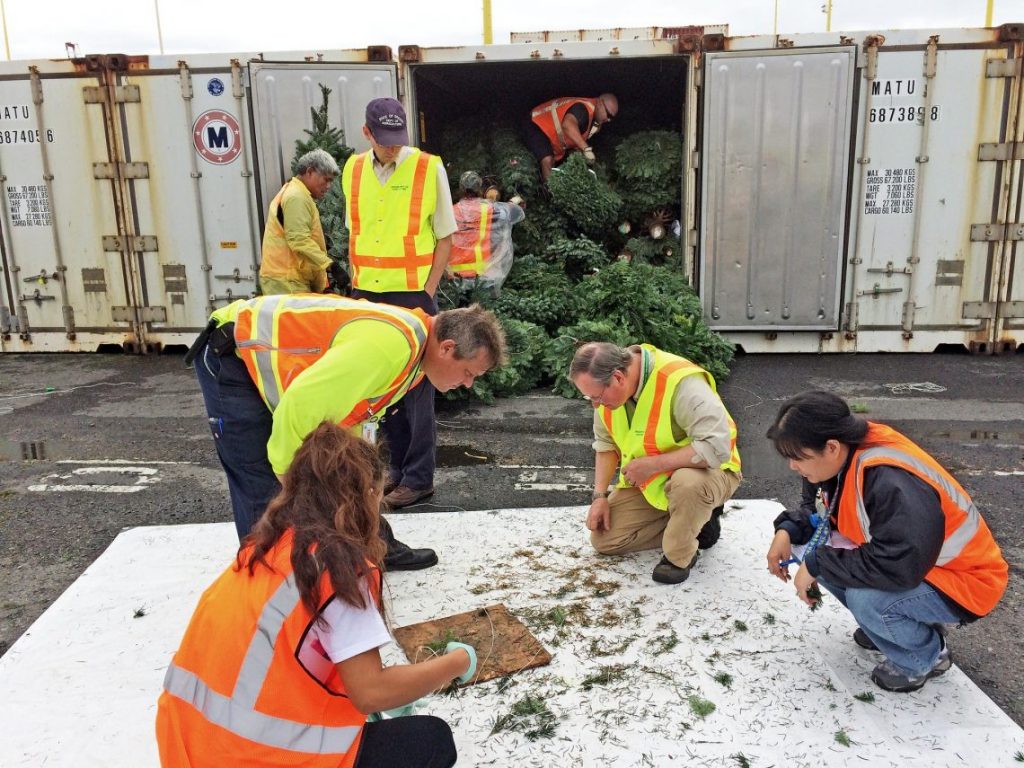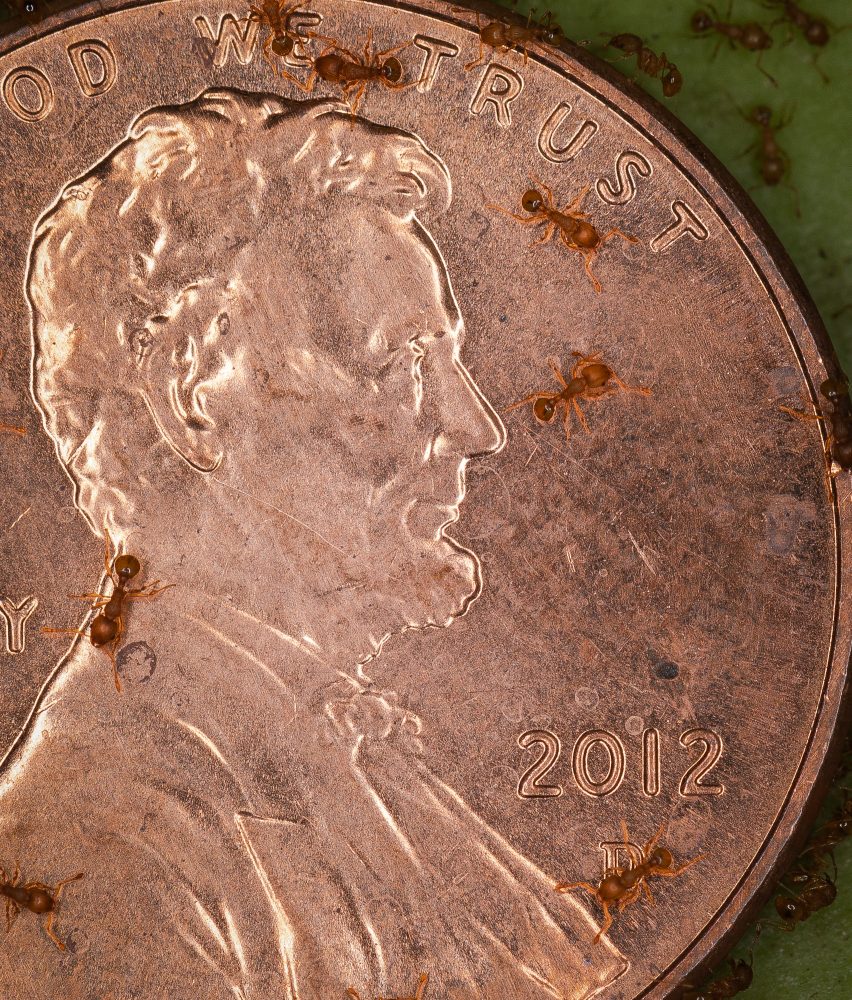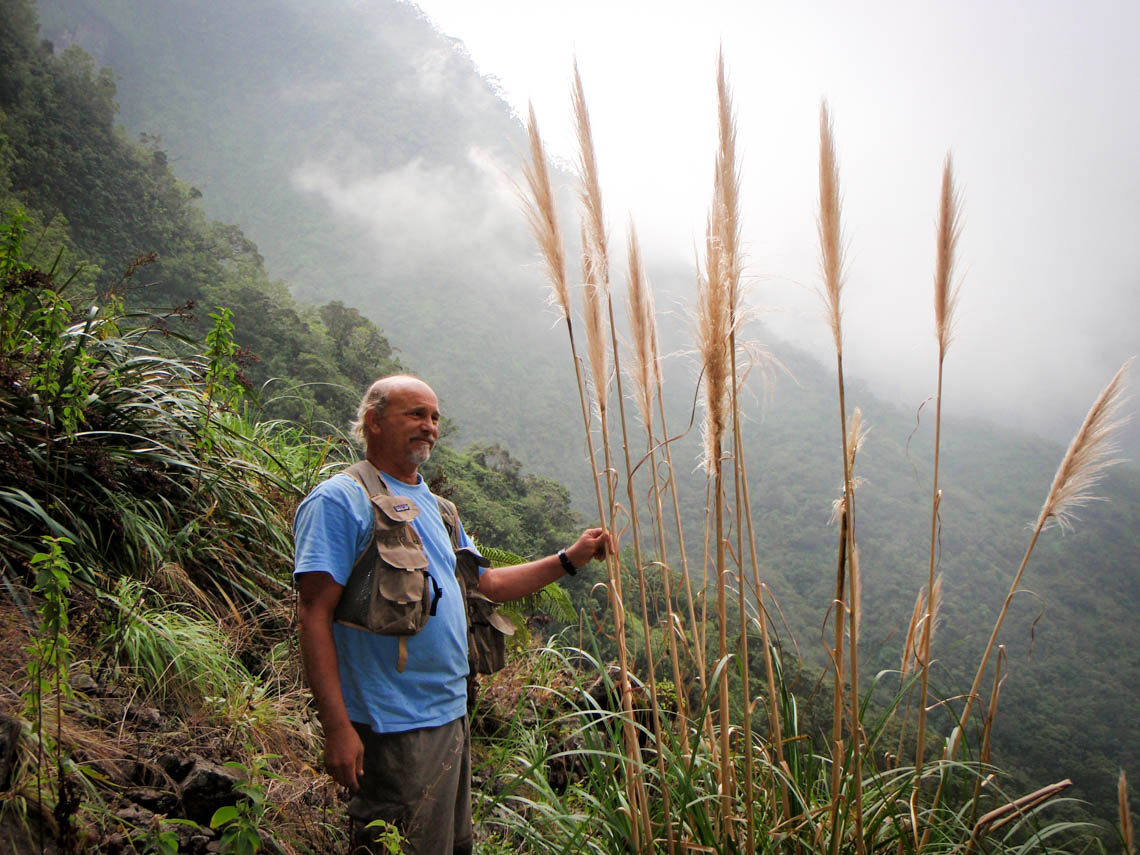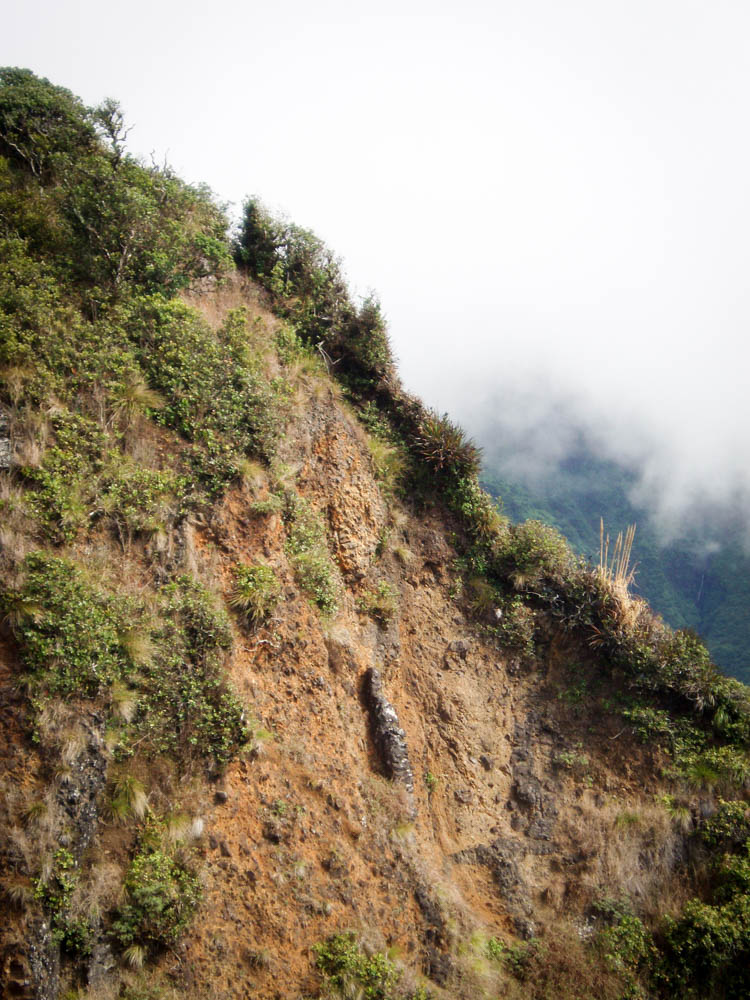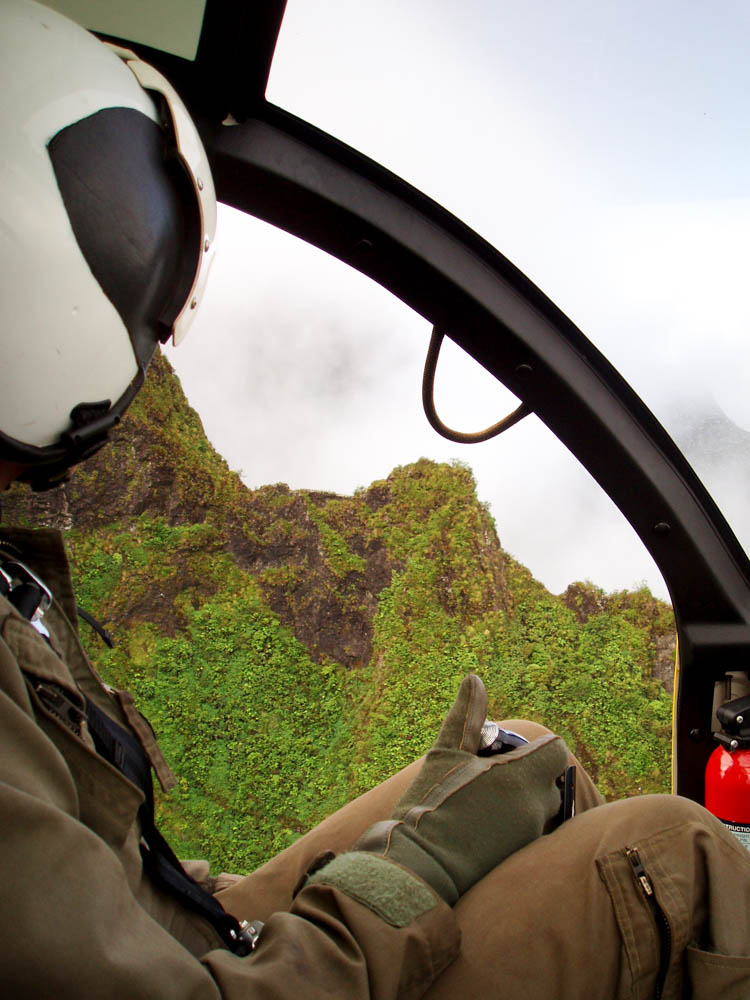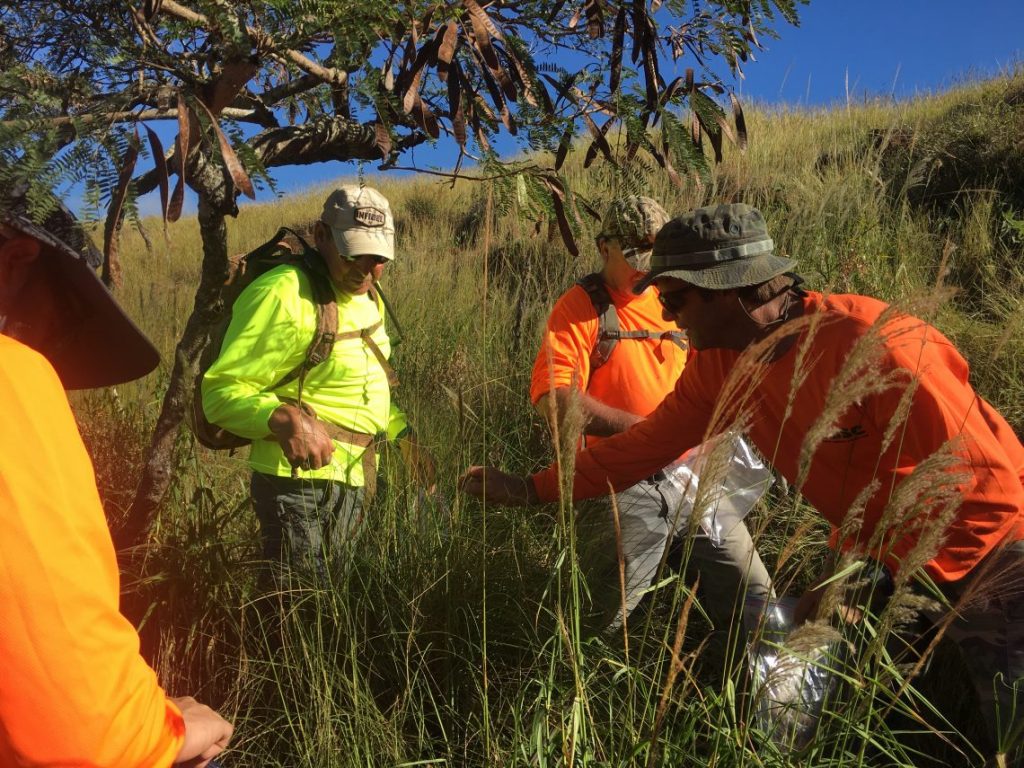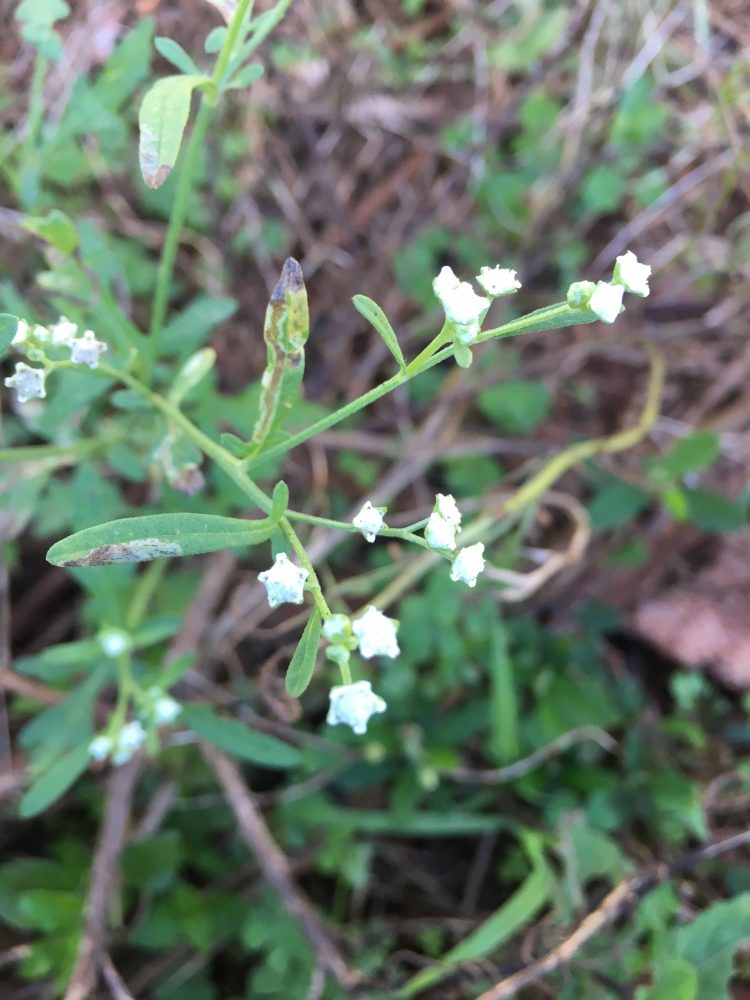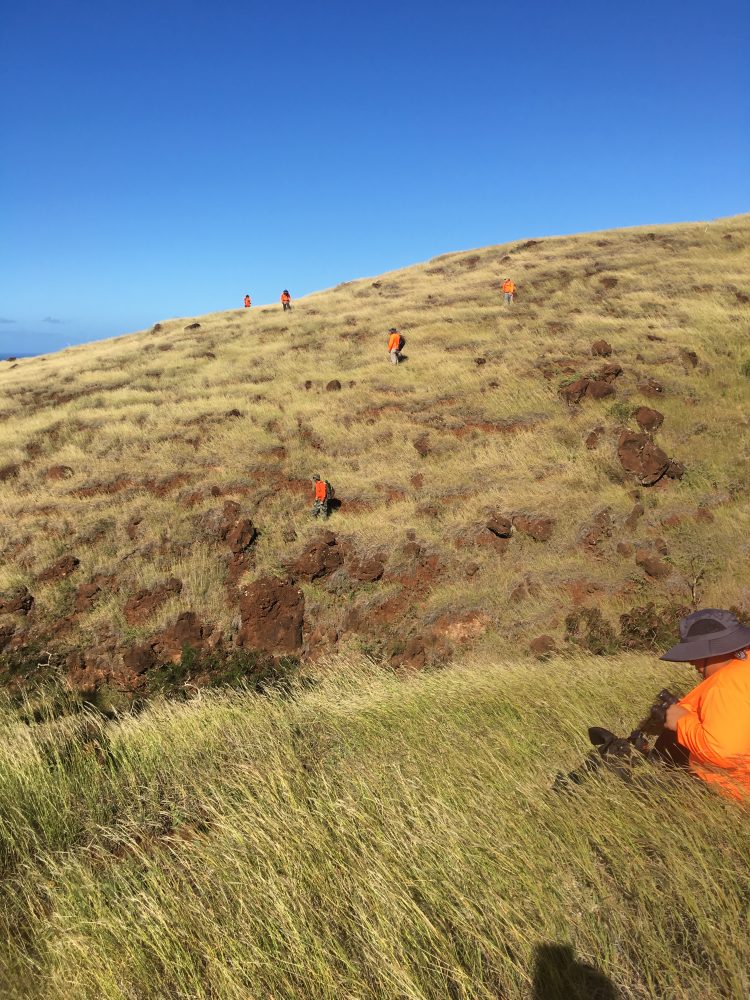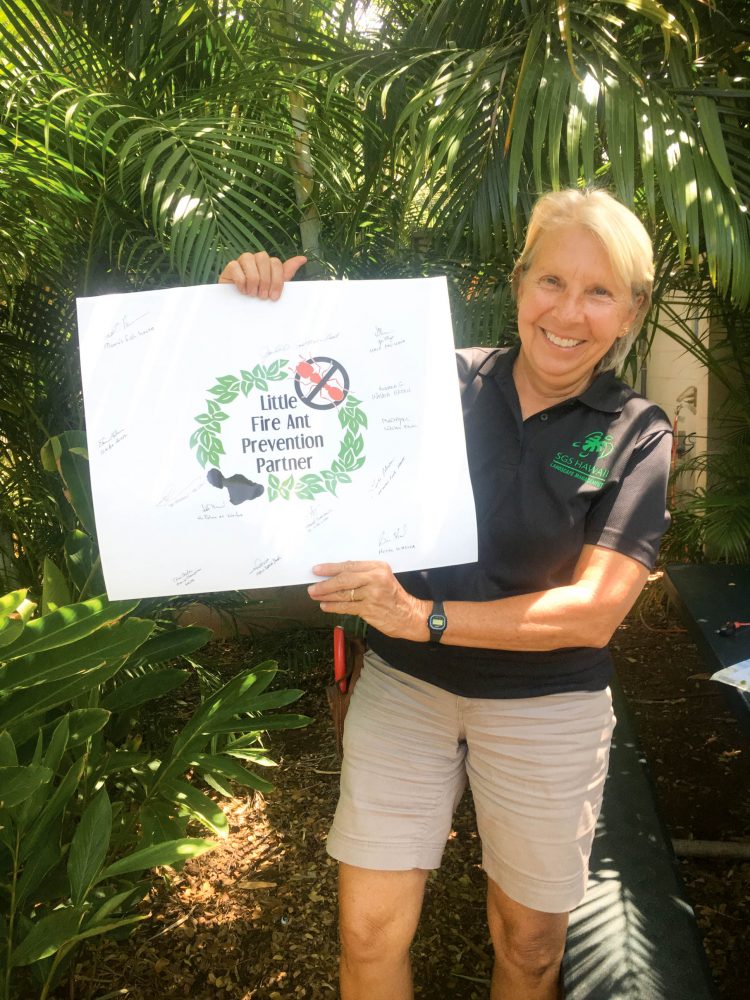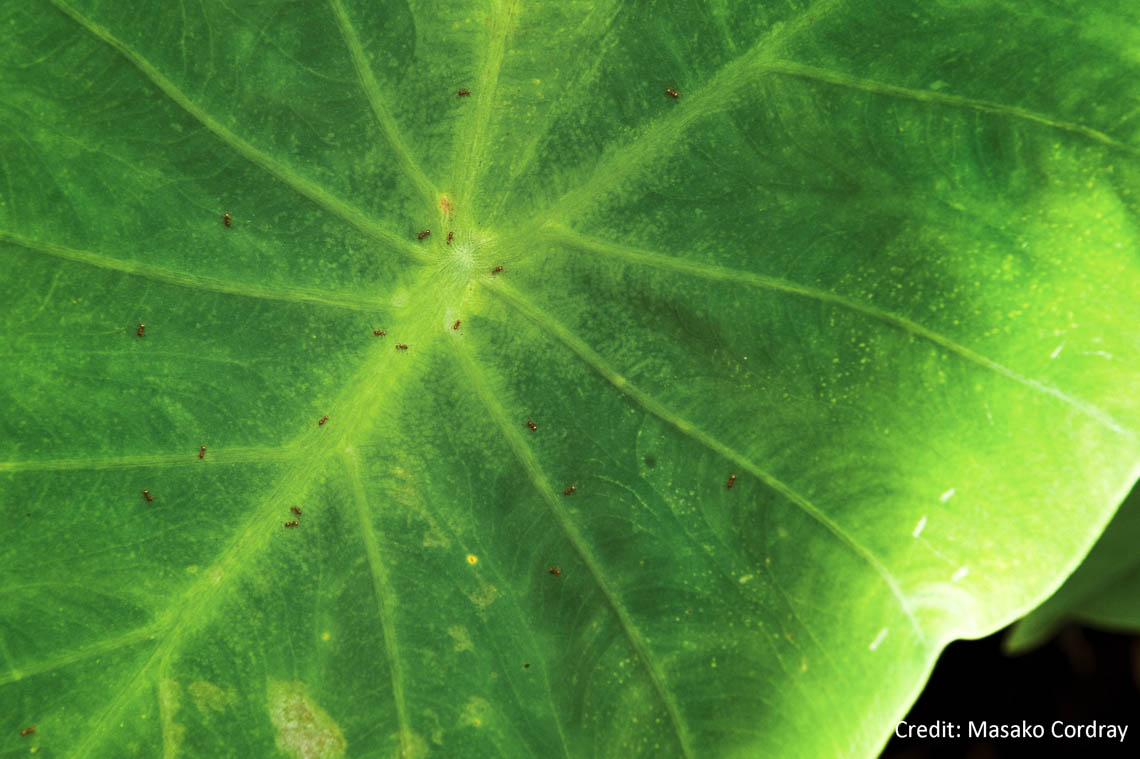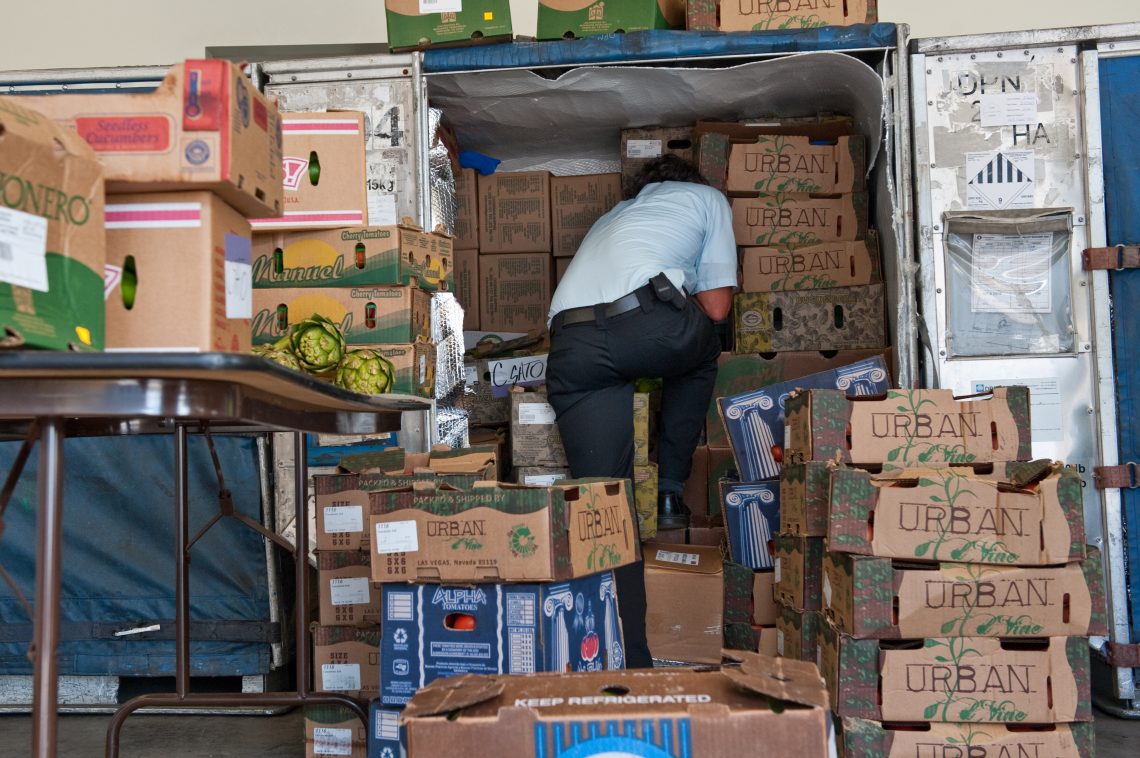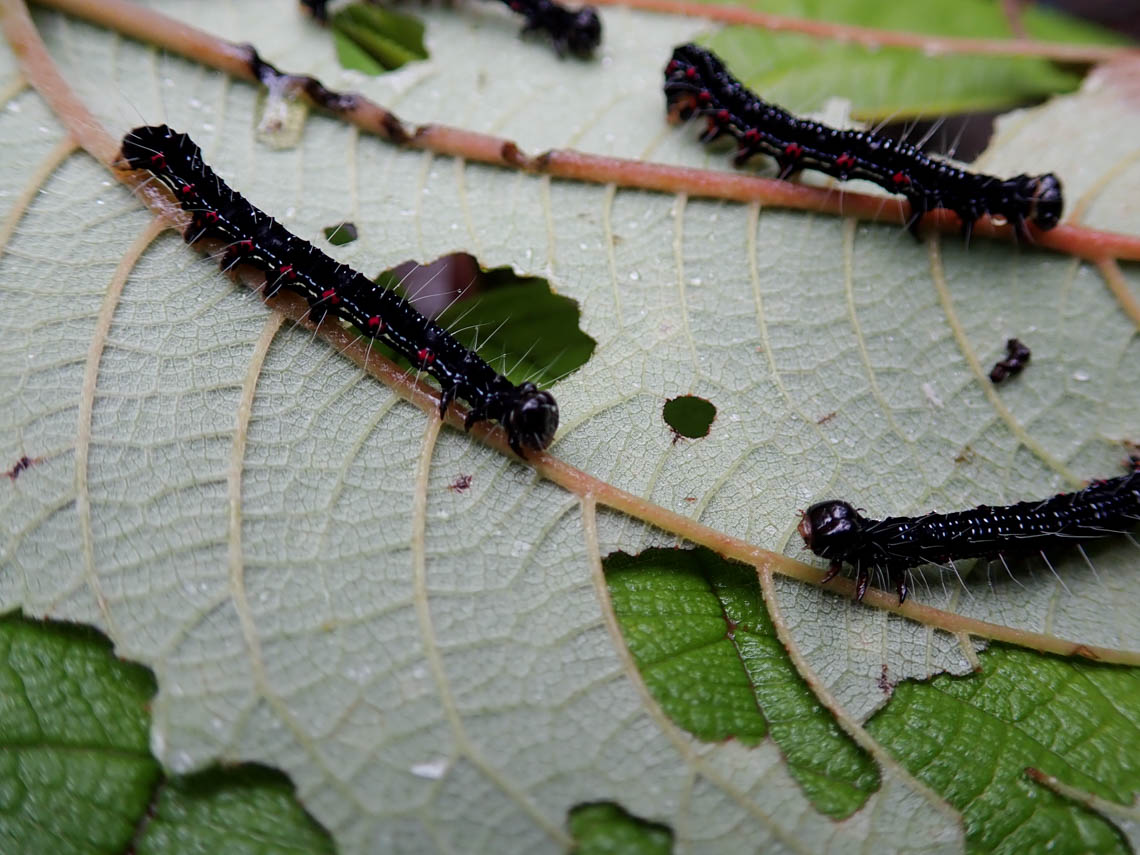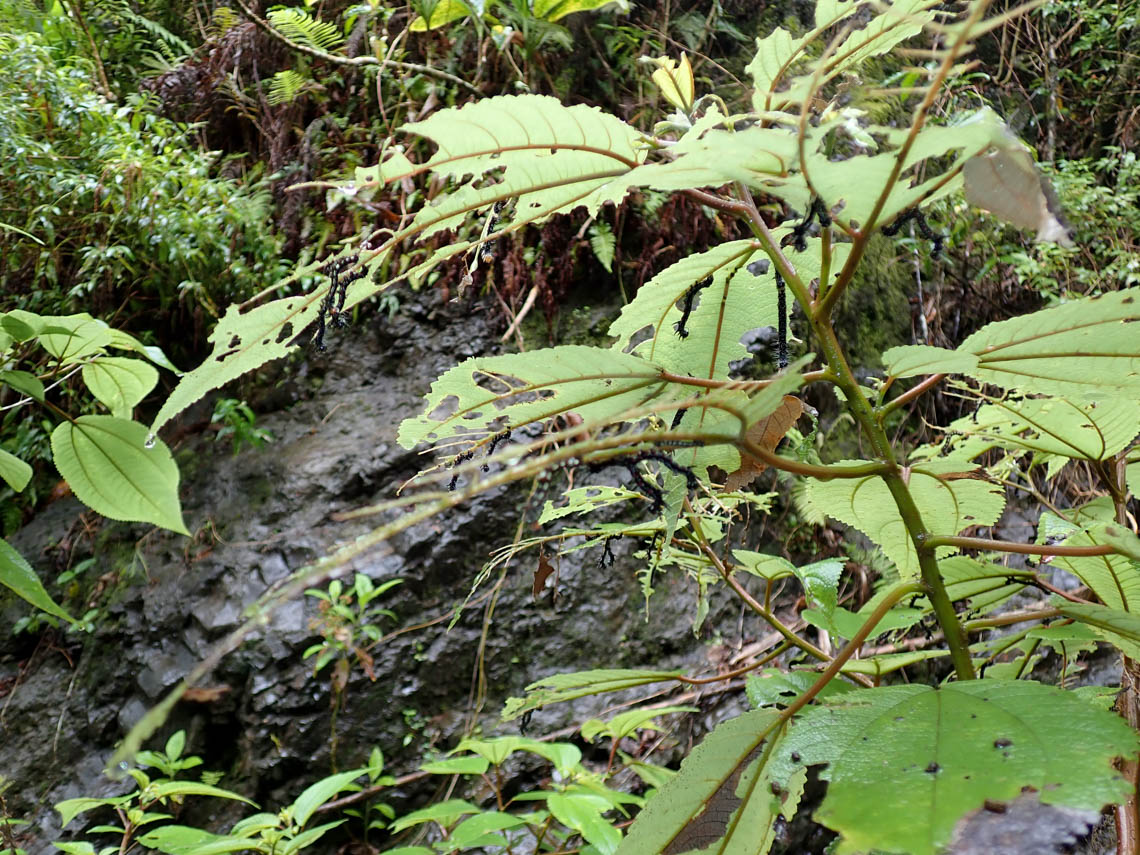
Amidst a black canvas of young lava, plant-like bacteria grow…..painting a gold border that divides the brilliant green plants from the crystalline blue waters. A diversity of shrimp, from nearly translucent to ruby red in color, float through the water while tuxedo-wearing stilts, ae’o, wander the shoreline plucking their meal from the water.
Such is the scene at a healthy anchialine pool, one of the most unique ecosystems in the world. A mix of freshwater and saltwater, these are not tide pools—anchialine pools are landlocked with no direct channel to the ocean. They are fed by seawater that seeps in underground through porous rock and mixes with surface water. The depth of the pools fluctuates, influenced by the tides, but delayed by the rocks the ocean filters through.
Anchialine pools exist in only a few places in the world and the largest concentration is in the Hawaiian Islands, where most occur on the relatively young lava fields of Big Island and Maui. Unique as they may be, these pools and the species that reside within them are vulnerable to the same threats that plague the rest of Hawaiʻi’s natural resources: invasive species, climate change, and the trampling of too many feet.
Anchialine pools can be as small as a soup pot or as large as a parking lot and no two are alike: “Each one is like a complete universe,” explains Jeff Bagshaw, Natural Area Reserve Specialist at the ʻĀhihi-Kīnaʻu Natural Area Reserve.
ʻĀhihi-Kīnaʻu has 12 groups of pools; one is the only home in the world for a tiny swimming crab. Measuring only an inch long and shy, this little creature is rarely seen. It took over 50 years before researchers could finally capture the tiny critter and identify it. Along with the swimming crab, the pools at ʻĀhihi-Kīnaʻu provide habitat for 10 species of shrimp, five of which are candidates for being listed as endangered species.
Elsewhere in Hawaiʻi, introduced trees such as kiawe and milo suck up water that would otherwise fill pools. Pickleweed, a salt-tolerant introduced plant, crowds out algal mats that feed the shrimp, which in turn feed native shorebirds. Feral goats and people wander among the pools, trampling plants and defecating along the shoreline, changing the chemistry of the pools.

The pools at ʻĀhihi-Kīnaʻu are now protected from animals by a fence around the preserve. People have been restricted from accessing the pools since 2008 but footprints are still visible in a mat of cyanobacteria, the plant-like bacteria lining the pond that adds such spectacular color. Volunteers and state crews from the Hawaii Department of Land and Natural Resources have taken on the invasive species, cutting back trees from the shoreline and lying on boogie boards to pluck out pickleweed from the native plants. This work to keep the pools and species within them healthy may help as climate change starts to affect these tiny universes.
As sea levels rise, the pools risk being swamped by the ocean. But there is hope. “If they have an undisturbed space to go to,” says Bagshaw, anchialine pools have potential to move, filling recesses in the lava field upslope as sea level rises. “So it is important to protect potential new habitat in trying to manage pools for the future.”
You can help. The ʻĀhihi-Kīnaʻu Natural Area Reserve is looking for volunteers to educate visitors about responsible behavior in the reserve. Contact Bagshaw at jeff.w.bagshaw@hawaii.gov
Lissa Strohecker is the public relations and education specialist for the Maui Invasive Species Committee. She holds a biological sciences degree from Montana State University. Kia’i Moku, “Guarding the Island,” is prepared by the Maui Invasive Species Committee to provide information on protecting the island from invasive plants and animals that can threaten the island’s environment, economy, and quality of life.
This article was originally published in the Maui News on August 13th, 2017, as part of the Kia‘i Moku Column from the Maui Invasive Species Committee.
Read more Kiaʻi Moku articles.


